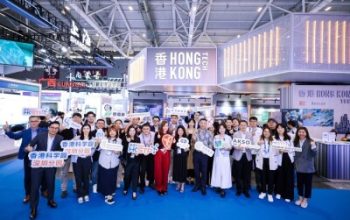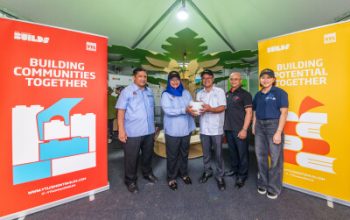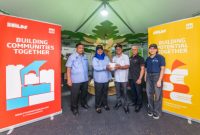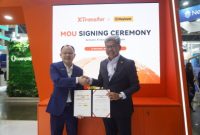CHINA – 1 August 2019 – Cushman & Wakefield (NYSE: CWK), a leading global real estate services firm, today released the report Placemaking: An action kit for urban public space in China. According to the report, when considering urban public space in China, the aim for local governments is to generate all-inclusive citizen-friendly settings that are also economically sustainable. It’s not just a matter of obeying aesthetic rules that preserve a place’s charm and appeal; it must be an approach that produces community ownership, from space planning to space operation and management. Ultimately, the approach adopted should produce a space which the community and visitors alike wish to be active in and wish to spend time in again and again.
Shaun Brodie, Senior Director, Head of Occupier Research, Greater China, Cushman & Wakefield, shared details about the process of placemaking, which can help meet China’s urban development goals. Placemaking is an all-embracing procedure to the planning, design and management of urban public space. Placemaking examines the current qualities and strengths a local community possesses. This, together with the community and via best-practice placemaking concepts, then expediates the formation and establishment of urban public space that rouses experience and amplifies citizens’ health, happiness and wellbeing.
The benefits of good placemaking
Effective placemaking is equally a process and a line of thinking that applies urban design principles. Placemaking can be directed by an official authority and propelled at the grass roots level. Involving all interested parties, best-practice placemaking can enhance underused urban public space to augment the built environment experience at the pedestrian level.
Good placemaking needs the wide involvement of a number of participants to design and operate projects and activities because these elements need to be suitable and befitting to the community experience to make the place work to its full potential. This quality singlehandedly distinguishes placemaking from various other community development, economic development and infrastructure development actions and endeavors.
As placemaking continues to progress, its methodology will also transform. Best-practice placemaking now undoubtedly counts on involvement from the local community but looking forward, placemaking will likely have a unified emphasis on place outcomes based on community engagement.
Community-led method
This ‘place-led’ method will inspire a sense of purpose in China, and the planning and management of urban public spaces will be executed by an all-encompassing assemblage of people that foster social capital, shared values, a sense of ownership and a more enriched experience of the place and the city as a whole by urban citizens around the region.
Urban public space development in China has been spurred by the country’s rapid urbanization over recent years. Together with urbanization, urban public space development is being inspired by government policy and in particular its “Beautiful China” policy. This urges local governments to consider aspects not only in terms of population density and economics, but also in terms of sustainability and liveability. Both these latter aspects are certainly close to the heart of the philosophy of placemaking.
This isn’t just a new development tale — it also is about redevelopment. A plethora of cities in China were planned and built when the country was opening up. Since then, the country and these cities have significantly evolved economically and socially, and as a result changes need to be made to the built environment to keep up with the times and to enhance the human experience of urban public space. Subsequently, urban renewal is becoming more imperative, especially for the beautification of cities, and placemaking is now a vital component in the development/renewal mix.
Shaun Brodie also pointed out that many cities in Europe and North America have embraced placemaking, while in China, municipalities are now only beginning to get to grips, experiment and adopt some of the concepts of the process as they seek out the best liveability experience solutions to their urban development/renewal challenges.

















